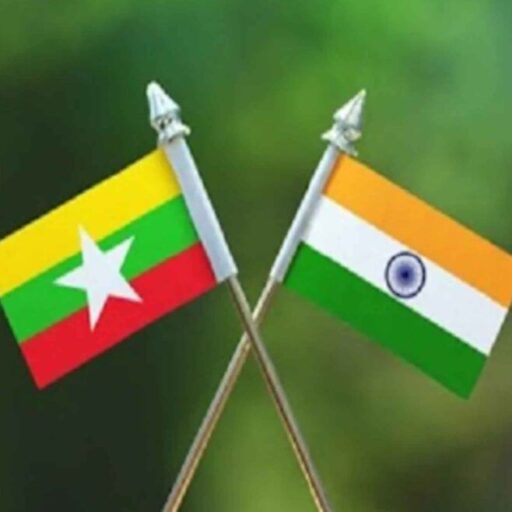In a coup on February 1, 2021, Myanmar’s military (Tatmadaw) overthrew the democratically elected government and arrested the top political leadership, including President Win Myint and State Counsellor Aung San Suu Kyi. The Tatmadaw cited voter fraud in the November 2020 elections as the primary reason for the military takeover. Following the coup, the country has been plunged into chaos, with country wide protests and violence. Myanmar’s youth is at the forefront of the Civil Disobedience Movement (CDM), in which government personnel, medical staff and police have also joined. In opposition to the Tatmadaw’s State Administrative Council (SAC), Myanmar’s ousted Parliament members have formed the Committee Representing Pyidaungsu Hluttaw (CRPH). The CRPH has announced four goals, namely, end military dictatorship; ensure the unconditional release of all unlawful detainees; achieve full-fledged democracy and rescind the 2008 Constitution; and write a new Constitution based on a federal system.
On April 16, the CRPH formed the National Unity Government of Myanmar, which will serve as an interim governing body and work towards a federal democratic future. While there has been global condemnation of the coup, particularly by the US, the EU, and other Western democracies, China has been leaning towards the military regime to protect both its strategic and business interests.
In light of the above discussion, this exercise looks at the principal actors that will shape the future course of governance in Myanmar and the possible scenarios with their implications. The exercise is important from the Indian perspective as developments in Myanmar have implications for the stability of the north-east, regional connectivity and growing Chinese footprints.




